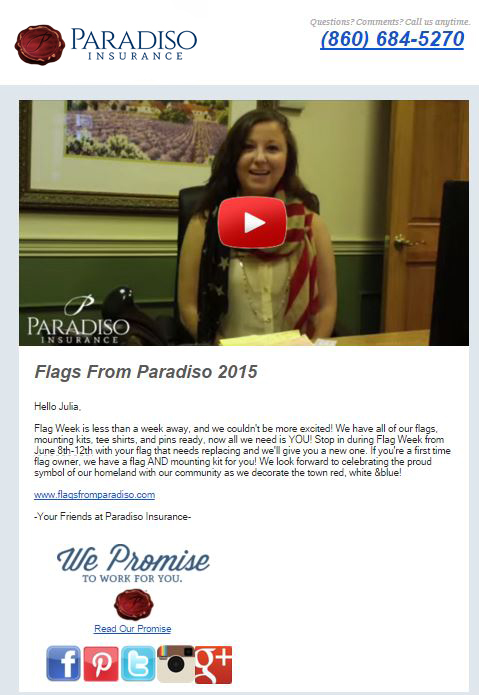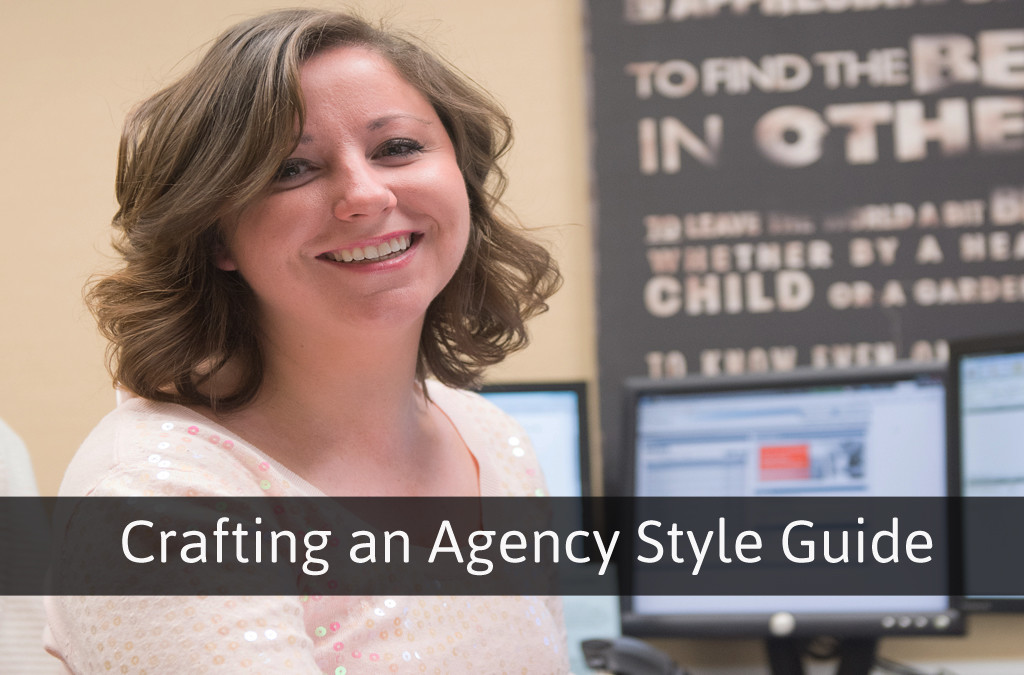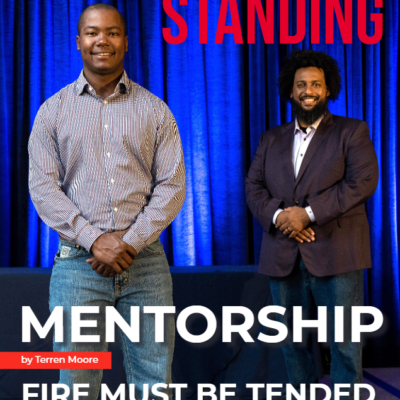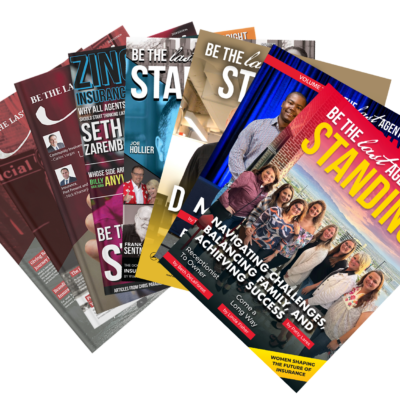In previous articles, I have discussed how customer service reps inside your agency, as well as those outside sales people, carry your insurance agency’s brand to its customers in a very direct manner. This one-on-one “brand transfer” carries a lot more weight than the mass-produced efforts of your marketing staff.
This one-on-one brand transfer is equally strong in email. My first question for you today is this: is your insurance agency using an email marketing strategy to contact your current clients and prospects? I hope the answer is “yes,” but if not then you should make it happen in 2016. Many insurance agencies spend a lot of money creating the right look and feel for their email. Generally, these email templates reflect the look and feel of your insurance agency’s website and your other marketing collateral (such as social media and traditional marketing materia
ls). But let’s not forget, your insurance agency’s brand is more than just how it looks or feels.
Your brand is also about your voice, professionalism, style, language, humor, and attitude. Unfortunately, many brand managers come from outsourced advertising agencies, and that’s why I’m a huge promoter of hiring a marketing professional and having them work inside your insurance agency. If you use an outsourced marketing professional to do your marketing, the rules or guidelines they’re using to create and manage brands (e.g., how big copy on a magazine ad can be or how far the logo can be from the tagline) aren’t inclusive of these other ideas that your agency can establish in-house.
A template for your agency’s email campaign is just a beginning.
Your in-house marketing professional is going to handle all of your email marketing strategies and they’ll be responsible for your website’s user experience. As part of your email marketing strategy, you should create guides for generating email templates or designing web pages. These guides will help make sure your marketing collateral remains consistent. At Paradiso Insurance, we’ve hired a professional writer and designer to assist us, and I would highly recommend that you do the same. Rules surrounding these variables may also be purposefully different, depending on what targeted segments or audiences you’re going after. Is your age ncy targeting sports company risks, such as fitness centers or gyms? If so, your insurance agency may speak in a very different language to the extreme sport enthusiasts of the world than it would to lawyers or accountants. If you’re not sure what the right rules to set for these variables are, then make sure you and your marketing team does research, along with running tests to see what’s working and what isn’t. You’ll find that response rates to your emails can improve dramatically based on how you target segments, as well as the proper (or improper) use of voice, professionalism, class, humor, personality, and many other factors.
ncy targeting sports company risks, such as fitness centers or gyms? If so, your insurance agency may speak in a very different language to the extreme sport enthusiasts of the world than it would to lawyers or accountants. If you’re not sure what the right rules to set for these variables are, then make sure you and your marketing team does research, along with running tests to see what’s working and what isn’t. You’ll find that response rates to your emails can improve dramatically based on how you target segments, as well as the proper (or improper) use of voice, professionalism, class, humor, personality, and many other factors.
Here’s a short list of non-graphical factors that can dramatically affect an email campaign’s ability to carry a brand. All should be in your style guide:
- Your Agency Voice. Is your brand funny or edgy? Is it more professional, or is it business casual? Is it warm and fuzzy or funny and silly like Geico Insurance? Is it tech-savvy and no-nonsense like Sony.com? Make sure sure that your style guide addresses the general tone of voice that your emails should contain. It’s all about understanding your audience and who your emails are going to. Imagine a cold-hearted mass email coming from a teddy bear company called Vermont Teddy Bear (yes, they are a company) about giving you the warm and fuzzies. How about Geico moving away from the funny and silly ads and moving into a very serious side of insurance marketing such as Travelers does? E-mails such as those would ruin those companies’ brand, and now that you and understand their brands, it goes to show that your brand is your everything.
- Class; specifically pertaining to the class of your agency. If Brooks Brothers or Armani (black label) sent me an
email full of spelling and grammar errors, or used street slang, I’d be taken aback. Its brand de
notes what it actually stands for. Here’s another example: if you’re Progressive and you have a price gun, you talk about naming your price, and you know want to write doctor’s professional liability coverage, do you think Progressive’s message and brand would blend well? There’s simply no way, because you don’t shop for the cheapest doctor when you look for a new doctor, you look for someone quality. Therefore, their customers (the doctors that need insurance) would not appreciate the message behind their brand. - Agencies personality and humor are key. We all have personalities. Our individual personalities and senses of humor are part of what makes us who we are, as well as what makes us unique. Your insurance agency also has a personality, or in many cases, perhaps purposefully doesn’t have one. When you look at a giant like Sony Corporation, they don’t really have a “personal” personality, and
 sometimes it seems as if they are a “person-less” company. Part of Sony’s mystique as an electronics company is the black-box effect, so maybe not having faces to relate to at Sony is okay. What’s not okay is for everyday mom and pop insurance agencies to try to do business without a personality. Airlines are notoriously personality-free, but take a look at Jetblue and how their brand (as defined by its sense of humor) has made it successful. Some other examples are Flo from Progressive and just look at her personality and how she throws around the price gun, or shows you your insurance as a simple box that can be pulled off of a shelf. I’m not saying what is right or wrong for your agency, but what I am saying is that your agency needs to have a personality, and that personality needs to be incorporated into your email marketing strategy.
sometimes it seems as if they are a “person-less” company. Part of Sony’s mystique as an electronics company is the black-box effect, so maybe not having faces to relate to at Sony is okay. What’s not okay is for everyday mom and pop insurance agencies to try to do business without a personality. Airlines are notoriously personality-free, but take a look at Jetblue and how their brand (as defined by its sense of humor) has made it successful. Some other examples are Flo from Progressive and just look at her personality and how she throws around the price gun, or shows you your insurance as a simple box that can be pulled off of a shelf. I’m not saying what is right or wrong for your agency, but what I am saying is that your agency needs to have a personality, and that personality needs to be incorporated into your email marketing strategy.
I just pointed out a few non-graphical factors that can help you carry your brand across social media and digital marketing channels. Test these variables in your email campaigns, and see how they perform for you. Then record them in your style guide, so all your email messages have a consistent feel to your brand.
Finally, check all your agency’s email, not just the ones your agency creates; look at emails from your competitors, too. One key rule you should never break is your brand consistency. This includes autoresponders, and one example is your “Thanks for registering,” or your back-end emails, such as an email for “Thank you for doing business with our agency.” Another could be a marketing email, such as “This week’s specials safety tip is on ice dams,” or it could be a service email, such as “Have you done any renovations to your home?” or “During the holiday season, have you received any new jewelry that we should look to insure?” No matter what the email, or marketing effort in general, your brand needs to stay consistent. Only after you’ve examined your emails from the outside looking in will you actually have a consistent brand. Email marketing is a key to help your agency grow your bottom line, along with helping raise your retention rate. Invest in it, and I promise you it will pay off.





